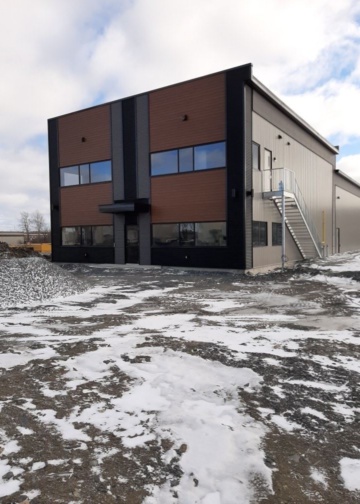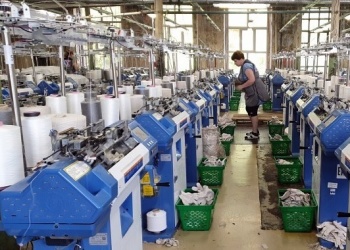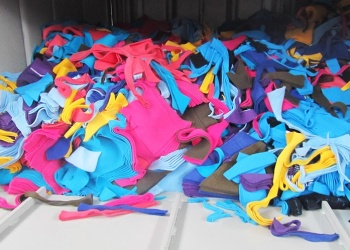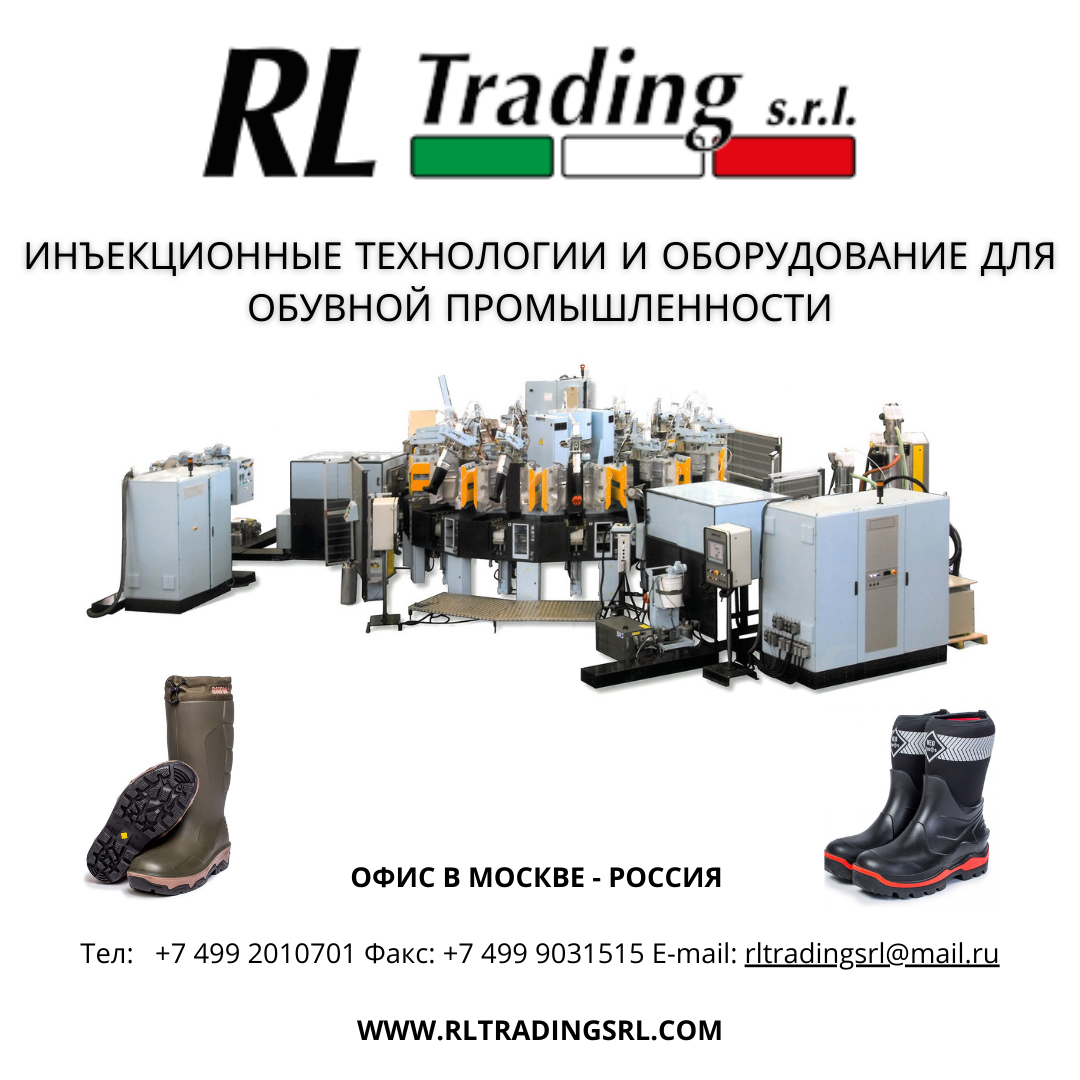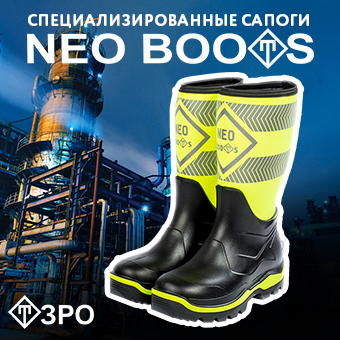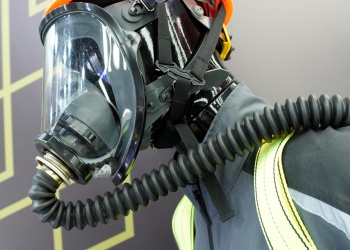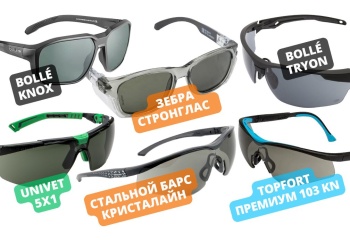1. How important, in your opinion, is the recycling of workwear? How much workwear produced in the world can be recycled?
Edward: In world opinion landfills are under pressure from discarded goods, textiles being a major contributor. Synthetics in general are more susceptible to recycling than organics but in some cases recycling may not be an answer as in pop bottles being turned into fleece as it has been reported that the polyester particles in the air are a hazard to breath in. Recycling of workwear must be a joint venture of the recycler and the producer to prevent placement of non-recyclable goods onto recyclable products.

Edward (Ted) Parker, CEO of General Recycled
Dave: Everyone is aware that textiles in landfills are a problem. Industrial work-wear garments seem to be a subgroup of textiles that receives little if any scrutiny. Workwear garments made from aramid fibers, which are all 100% non-biodegradable. Every company that we are aware of has excellent sustainability messaging on their respective websites. None however mention the fact that they throw their non-biodegradable workwear into landfill. Company’s, if not by law, have a moral responsibility to recycle their non-biodegradable waste when they can. What is the point of a land reclamation program that many oil and gas companies have for example, if they just turn around and put their FR garments into landfill? Does not make a lot of sense when there is a proper answer to recycle their waste garments before them.

Dave Kasper, Vice President, Sales and Product Development of General Recycled
As for how much can be recycled in the world…hard to know for sure, as aramids are used in so many different applications, but I did see some information online by a major aramid producer recently, stating that annual aramid production was in the 125 million kilo range and growing at 8% per year. I would like to think any garment that has an aramid component to it, can be recycled. This does not take into account the chemically «treated» cotton or cotton/nylon products that are on the market. Cotton will biodegrade, but the dye and finish process involved in this process to render cotton or cotton/nylon Fire Retardant is toxic. We are not allowed to produce fabric this way in Canada due to the toxicity of the process. It remains to be seen what if anything can be done with «treated» garments and fabrics at the end of their lifecycle.

2. What are the government programs that stimulate the recycling of workwear?
Edward: In North America words are wonderful but action is scarce.
We have spoken to both Provincial governments and the Federal government in Canada. There is a lot of talk about Extended Producer Responsibility(EPR) coming into law, but to date there seems to be little interest in moving this idea forward from a government perspective. Government Agencies are users of aramid garments themselves, ie: wildland fire services, and there is nothing in place to properly dispose of their own waste, let alone tell companies out there what to do.

3. What problems arise when organizing the recycling of workwear?
Edward: Cost is a major issue. Without regulations on discarding workwear to landfill or allowing non-biodegradable goods to be given to a discount store as a form of charity, and then having their customer eventually throw it into landfill, we are facing an uphill battle. Companies are forced to compete and having to pay a bit more for the recycled fabric would make them uncompetitive.
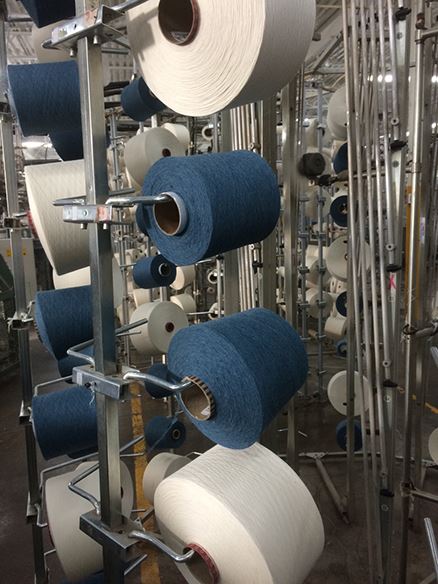
Dave: Everyone wants to recycle…until they find out it costs them money! We always ask companies how much it costs them to dispose of their waste garments. Far too often the answer we get is «…it doesn’t cost us anything.» That is rarely the case in our opinion. There are garment cleaning costs prior to disposal that should be considered…handling costs/labor…contracts with the disposal company who picks up the garbage bin each week etc etc. There are expenses floating around in overhead that can be directly related to their workwear program. These costs should be factored into any recycling program.
4. In Russia, many manufacturers of workwear are thinking about recycling. How can General Recycled help Russian workwear manufacturers organize the recycling process?
Edward: Very simply, contact us and we can work with the company to accomplish their goals.
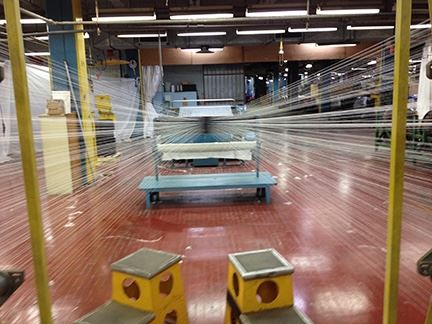
Dave: We never look to upset an end-users existing value chain. It is much easier for us to work with them. We regularly call on end-users along with their manufacturer of choice, and collectively we work out the best way for them to start collecting and recycling their waste garments and scrap fabric. We have just completed construction of a new aramid recycling facility in Quebec. Through our own value chain, we also have the ability to shred product in the EU and Asia. We would be happy to engage with workwear manufacturing companies in Russia as well.
5. What can be made from recycled workwear?
Edward: Aramids are our specialty and any product that can be made with a virgin product can be made with recycled products.
Dave: Our recycled aramid product mix includes both woven and knit fabrics…for coveralls, winter wear, fleece garments and many different base layers and non-woven applications. Once we shred used garments back into fiber, the recycled fiber can be used for any number of yarn counts that will produce a number of different products. Very important to note that all our recycled fabrics are 3rd party independently certified to flash fire and electrical arc flash standards. Happy to say our testing results stack up very well to any virgin products we have seen in the marketplace.
6. Are there already examples when end users encourage manufacturers to recycle workwear?
Edward: There are many end users which encourage producers to recycle so they can post on their website. Not many actually encourage a circular recycling which would involve the company getting involved financially, politically and logistically.
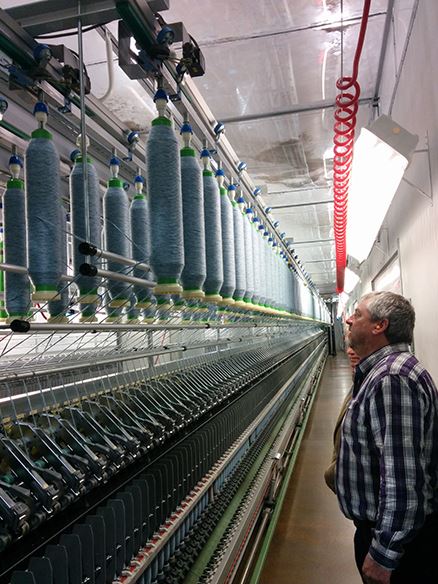
Dave: Yes, we are working with companies from a variety of different industries to recycle their FR waste. Oil & gas is always an easy target, but there are many others. Some companies are definitely more progressive than others and genuinely want to do what is right. Far too often though, companies take the easy route and dispose of their goods in landfill. The more progressive companies realize that once all disposal costs are factored into their PPE program, it costs no more to use recycled aramid fabrics as it does virgin products…and of course, we have permanently eliminated their disposal problem, as all of our recycled fabrics/garments can be recycled repeatedly. The cost savings are significant.
7. Recently it was reported that the well-known company North Face refused to supply workwear to oil companies. How big is the impact of the green economy concept on the PPE market?
Edward: It is not uncommon in world politics for entities to force a result without a solution.
Dave: My first thought is that North Face hasn’t done their homework. Oil companies are big users of aramids, and wouldn’t it show great environmental leadership if a company like North Face offered oil companies a closed loop recycling option! We would gladly have that conversation.
Canadian company General Recycled Ltd (GR) was created in 2011. GR created a closed loop patented process to recycle 100% non-biodegradable Meta and Para aramid garments and fabrics used in the industrial workwear marketplace. GR allows used garments and fabrics to be processed and turned back into certified recycled fiber and fabrics, returning them back to the marketplace through a company’s already existing value chain. GR’s recycling process allows aramid garments to be recycled repeatedly, thereby eliminating the need for aramid garments and fabrics from going to landfill.





